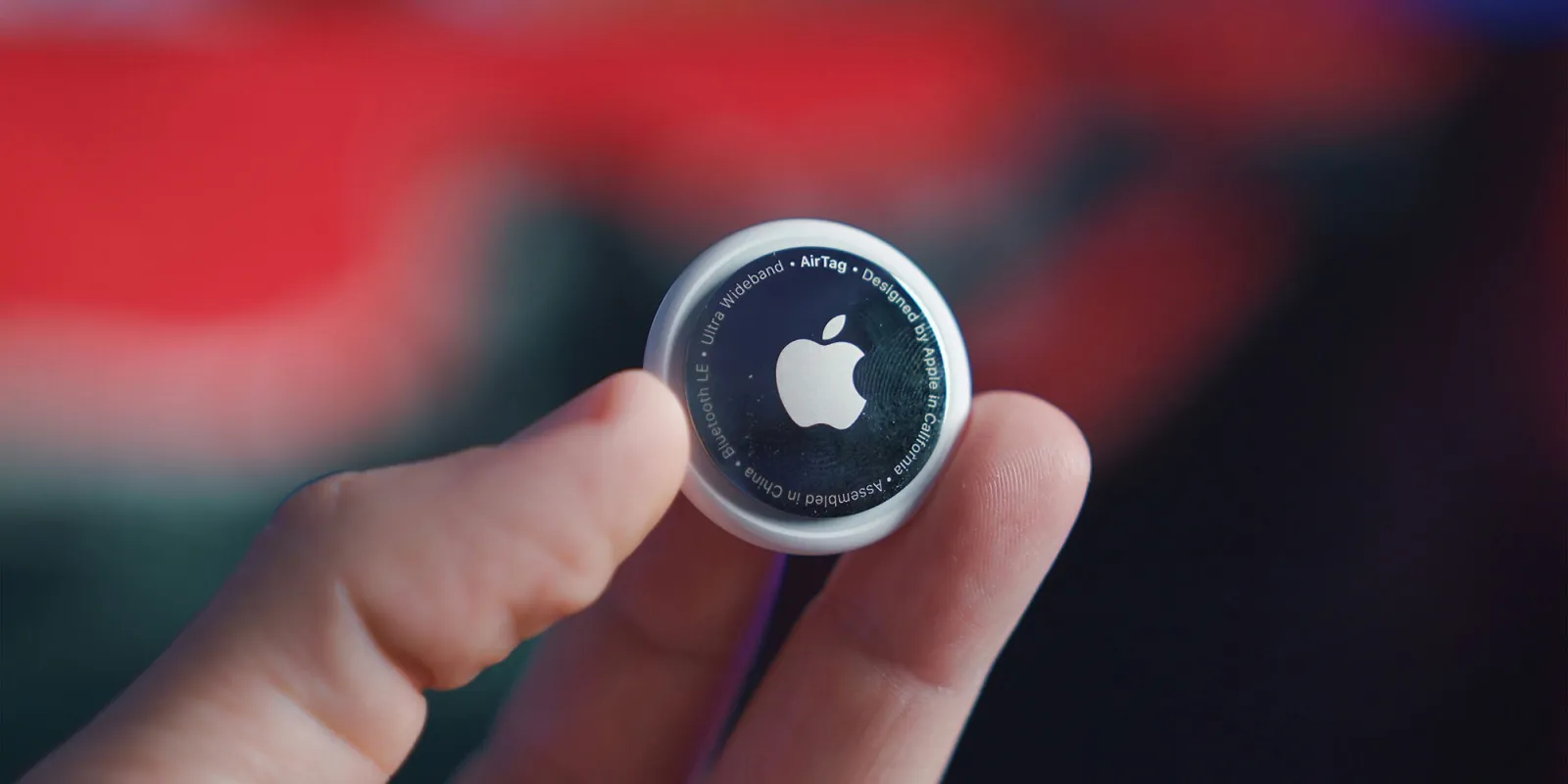The humble item tracker has become an indispensable part of modern life, offering peace of mind in a world of misplaced keys, wallets, and luggage. Apple’s AirTag, since its 2021 debut, has been a key player in this space. However, as with all technology, there’s always room for improvement. Whispers from within the tech world suggest Apple is hard at work on a second-generation AirTag, and these rumors have us excited about the potential advancements. Let’s delve into what we might expect from the AirTag 2.
Enhancing the Core Functionality: Range and Precision
One of the most anticipated upgrades revolves around range and precision. Imagine misplacing your keys somewhere in your house – currently, the search area can feel a bit like a game of hot and cold. Reports suggest Apple is planning to incorporate a new ultrawideband (UWB) chip into the AirTag 2. This isn’t just a minor tweak; it’s rumored to potentially triple the effective range of precision finding.
What does this mean in practical terms? Currently, the AirTag offers reliable tracking within a range of roughly 10-30 meters. With this enhanced UWB technology, that range could expand to a remarkable 30-90 meters. This leap would significantly improve the user experience, making it much easier to locate items in larger spaces, crowded environments, or even across different floors of a building.
Beyond simply increasing the distance, a newer wireless chip could also enhance location accuracy, particularly in areas with weaker signal reception or lower population density. This means fewer frustrating moments of your phone pointing vaguely in a direction, and more precise guidance to the exact location of your tagged item.
Addressing a Crucial Concern: Privacy and Anti-Stalking Measures
While the AirTag offers incredible utility, its potential for misuse has been a valid concern. Unfortunately, there have been documented instances of AirTags being used for unwanted tracking and even stalking. This highlights the critical importance of robust privacy features.
It’s expected that Apple will double down on its commitment to user safety with the AirTag 2. Improvements in anti-stalking measures are crucial. This could involve more proactive alerts to notify individuals if an unknown AirTag is traveling with them, enhanced methods for locating such AirTags, and potentially even features that make it more difficult to tamper with the device, such as disabling the built-in speaker.
The issue of individuals modifying AirTags to disable the speaker, a crucial alert mechanism, is particularly concerning. Apple needs to find innovative solutions to prevent such modifications and ensure that individuals are promptly alerted to the presence of an unwanted tracker.
The Timeline: When Can We Expect It?
The question on everyone’s mind is, of course, when will the AirTag 2 arrive? According to industry insiders, the current projected release timeframe is around mid-2025. This suggests that Apple is in the later stages of development and testing, with the device potentially entering mass production soon.
The Current AirTag: Still a Worthwhile Investment?
While the anticipation for AirTag 2 is building, the current generation AirTag remains a highly effective and affordable tracking solution. With occasional sales and discounts, it’s an excellent entry point into the world of item tracking. If you need a reliable tracker now, the current AirTag is still a fantastic option. And for those who can wait, the AirTag 2 promises to be a significant upgrade, pushing the boundaries of what’s possible in personal tracking technology.
Looking Ahead: The Future of Item Tracking
The development of the AirTag 2 is a testament to Apple’s commitment to innovation in even the smallest of devices. By focusing on enhanced range, improved accuracy, and, crucially, stronger privacy measures, Apple is poised to redefine the item tracking landscape. The AirTag 2 isn’t just an incremental update; it has the potential to be a game-changer, offering users greater peace of mind and a more seamless tracking experience. As we move closer to its anticipated release, the excitement continues to build for what promises to be a significant leap forward in personal tracking technology.
